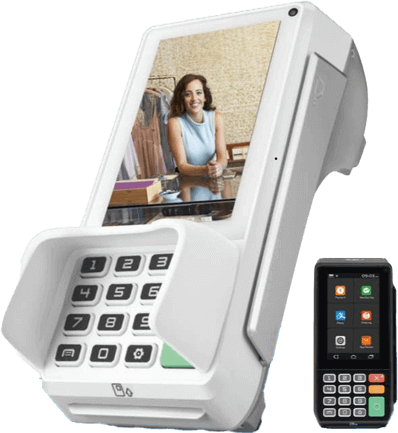Credit Card Processing
Your customers are always looking for simpler, more efficient ways to make a purchase. In turn, your business needs to be equipped with the most convenient and reliable payment options to ensure your customers have a positive experience. Simpay allows you to easily accept payments, whether it’s in-person, online, through mobile devices, or anything in between. We work to eliminate any modern payment complications and ensure your business is backed with the most versatile options. Our solutions are designed with you in mind; they’re intuitive and easy to use, offering affordability and transparency to keep your business running smoothly.
True Transparency
Be informed, build awareness, and become educated with Fee Navigator. Get an instant AI-powered statement analysis that is simple; at no cost, and no obligation to you. Seamlessly explore true transparency with Simpay.

Simpay Made Simple For You
At Simpay, our mission is to help your business alleviate financial stress while freeing up your time. We deliver trusted direction for recurring problems that interrupt the flow of your business, like statement inaccuracies or compliance issues. These roadblocks can take up crucial time that should be spent focusing on what’s really important, your business.

Flexible Pricing
Simpay is designed to produce flexible options for both your business and your customers. We offer pricing options that are right for your business, not ours. We can provide zero cost options (cash discount/surcharging), wholesale pricing, and single-rate pricing for all your transactions. We recognize that every business is unique. Your payment processing system should reflect that. We can work with all variables of your business, focusing on location, industry, and customer demographics. Our flexible plans are created for your needs, simple to integrate into your business, and improve your customer experience and your bottom line.

In-Person
Our systems accept all major credit and debit cards. We offer advanced credit card terminals for a quick and flawless checkout process, including swiping, dipping chip cards, contactless payments, and a host of other innovative features.

By Mobile Phone
When your business is on the move, your payment options need to be, too. We mobilize your transaction acceptance methods by implementing portable chip readers, Bluetooth options, mobile readers, and contactless payment.

Online
We’re here to help you assimilate within the digital era. Designed to simplify e-commerce transactions, the Simpay gateway is secure, flexible, and accessible from anywhere.

Billing Solutions & Recurring Payments
We work with you to generate a worry-free, centralized billing system that keeps you focused. If your business has recurring customers or the same monthly expenses, let us help you automate these transactions in a way that’s seamless and secure. All transactions are accounted for regardless of where they come from.
The Simpay
Guarantee
When you work with Simpay for your payment processing, your business is not just treated like a number, but you’re given a partner. Our support team works closely with you to resolve any issues that come your way. We pride ourselves on being customer-focused and proactive, especially in times where guidance and solutions are especially needed.
At Simpay, our guarantee is not just a buzzword. If you ever find that our services were substandard, we won’t hold you to a contract. We’re always confident that our commitment to go above and beyond for your business will translate to continued success. Don’t take our word for it, take it from our customers!
With 5 AAMCO dealerships in Austin TX, Allan Nurenberg was not really looking for a new card processing company. He had done his research a few years prior and chosen a large company that could provide the services he needed. And that was that. Until he met Simpay. When Simpay came back with their results and a proposal for processing his card payments, Allan was very pleasantly surprised.
“They did it,” Nurenberg continues. “They came back with real savings. Not only that, when my current hardware turned out to be proprietary and would not allow Simpay’s software to load, they gave me new terminals at no additional cost.” “When a problem occurs, Simpay replies fast and helps us correct it. Sometimes it feels like they’re in the next room!”